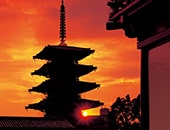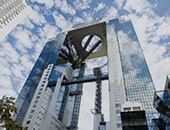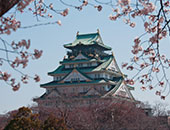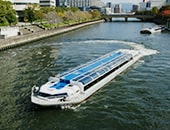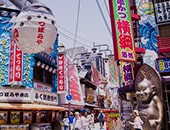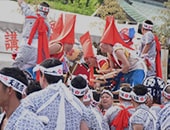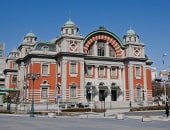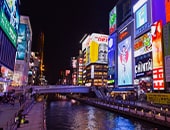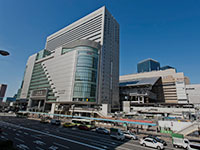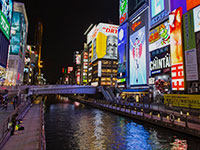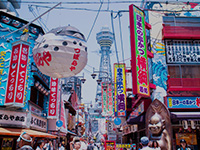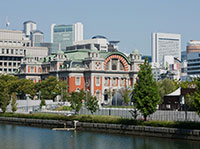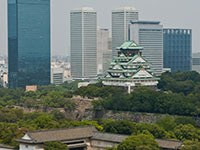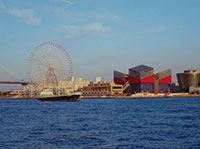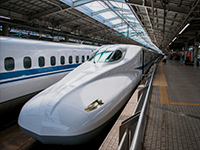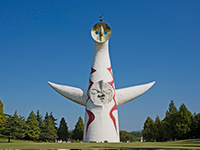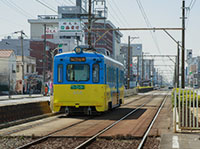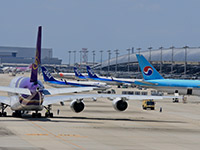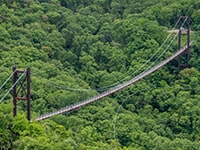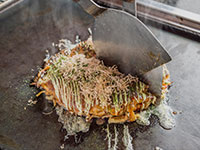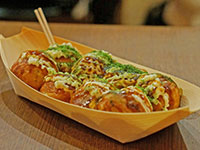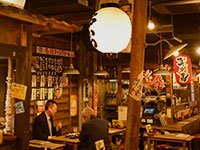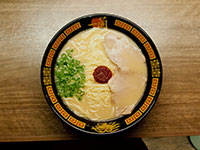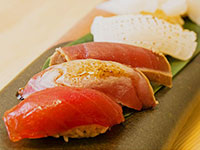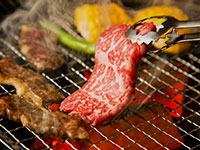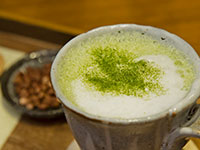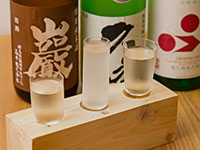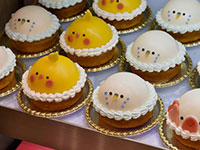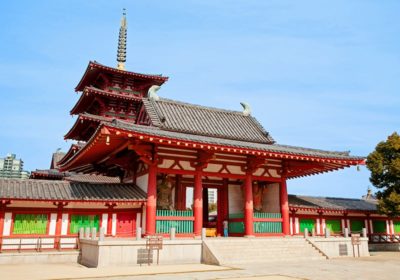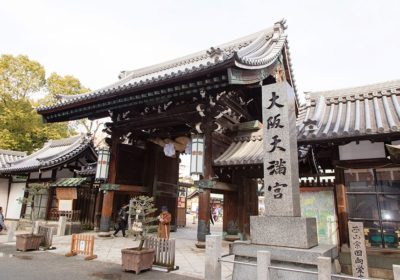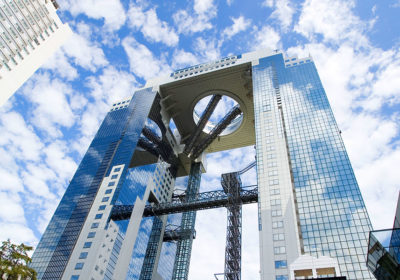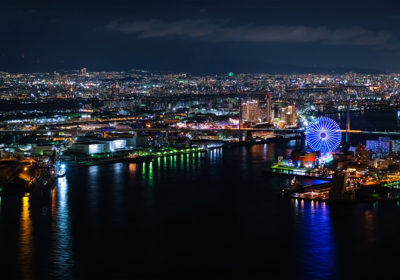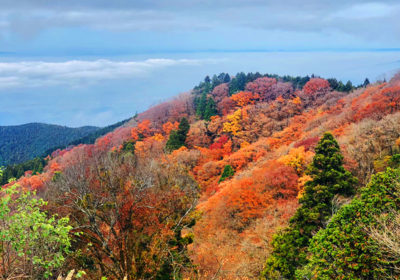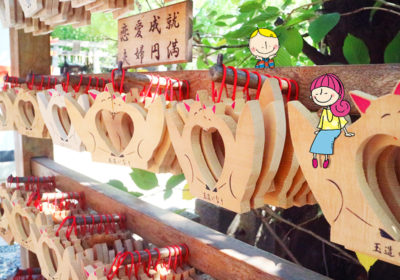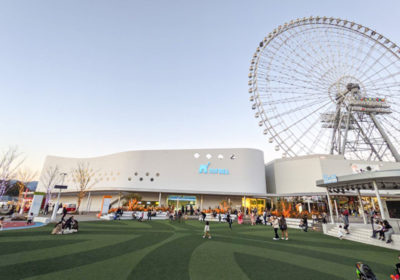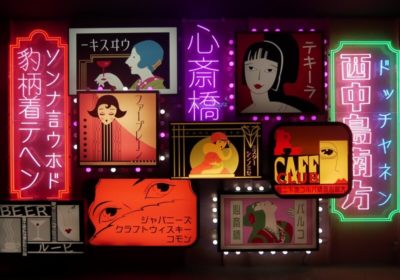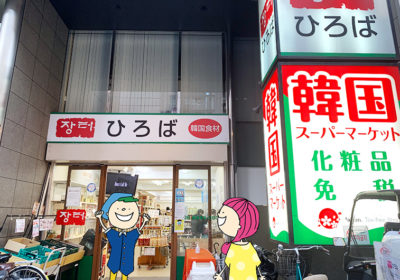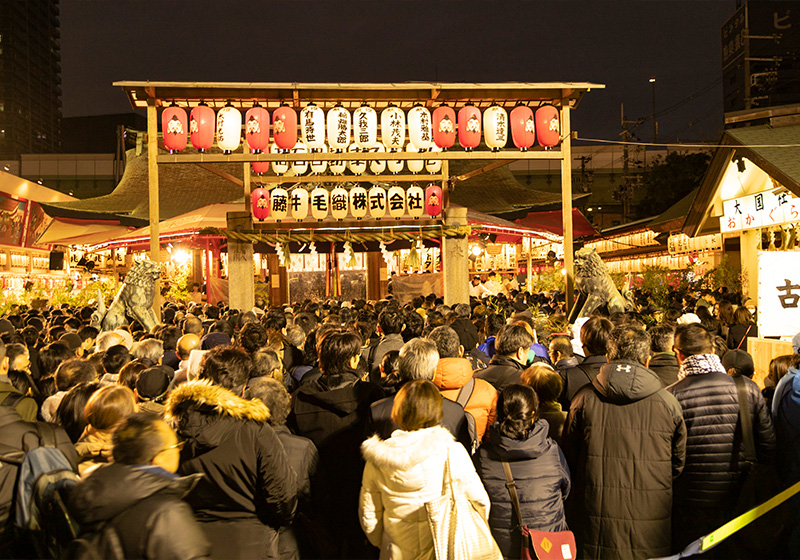

Supporter
The Complete Guide to New Year’s in Osaka 2023-2024
New Years, or Shōgatsu in Japanese, is an all-important festival throughout the entire country. Official celebrations start on New Year’s Eve and the holiday period lasts through January 3. It’s a time for families to gather, some of whom may see each other only once a year. It is a time where children look forward to their treasured toshidama (New Year’s money from relatives). It is far more significant than Christmas and many businesses and facilities are closed.
So how can you enjoy New Years in Osaka? Here are a few ideas and some cultural background so you can make the most of your holiday…
[Contents]
New Year Decorations
If you’re living here, one way to get in the Shōgatsu spirit is to set up some decorations in your home. If you’re simply here for a visit, look for these pretty decorations as you explore the city.
Here are three of the most common ones.
Kadomatsu
Three bamboo stalks bundled together that are cut at an angle represent prosperity are often paired with a piece of pine (symbolizing longevity) and a plum branch (for steadfastness).
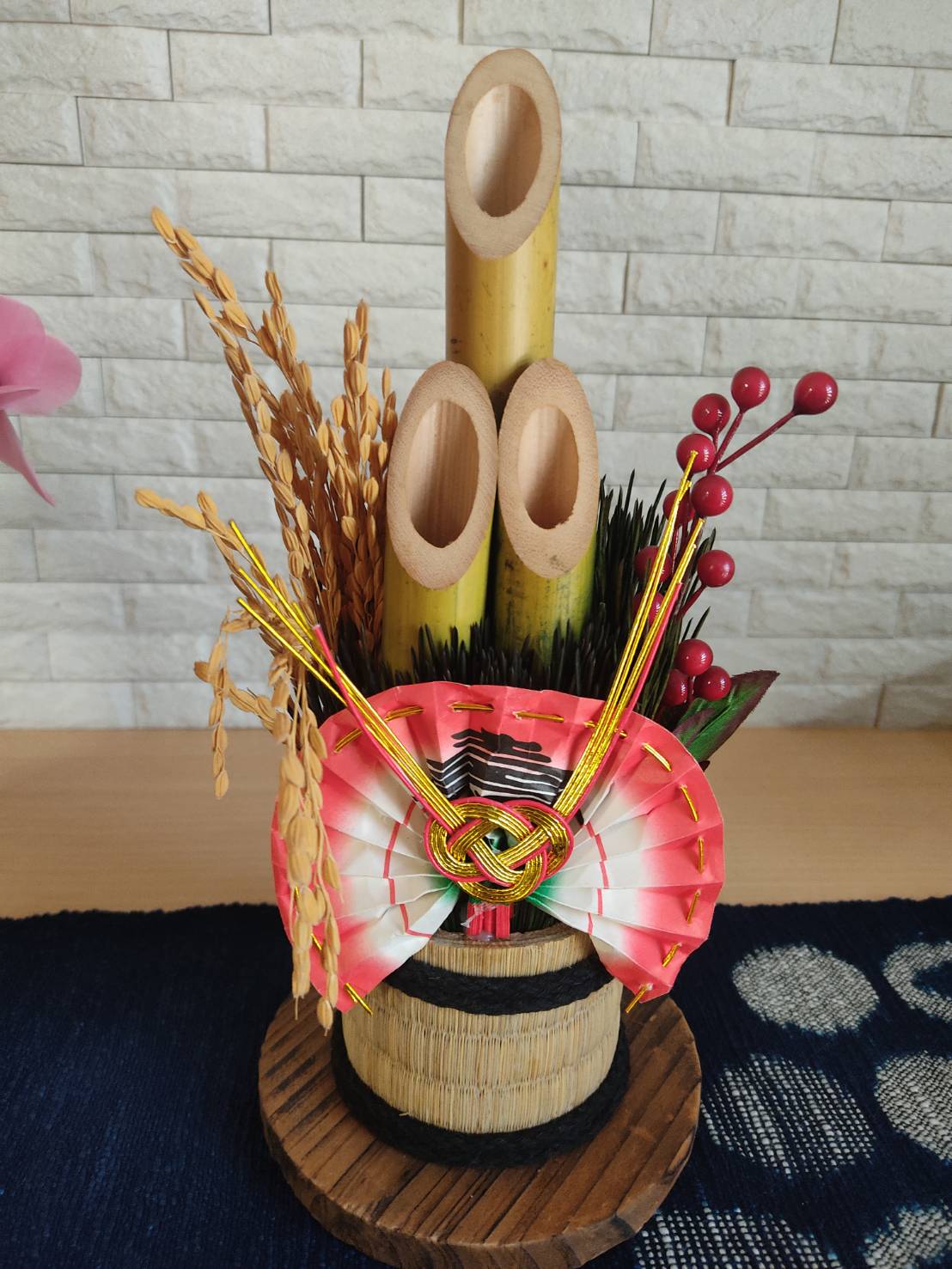
Kadomatsu are placed at the entrance to one’s home or business and can range in size from tiny tabletop decorations to impressive arrangements over a meter tall.
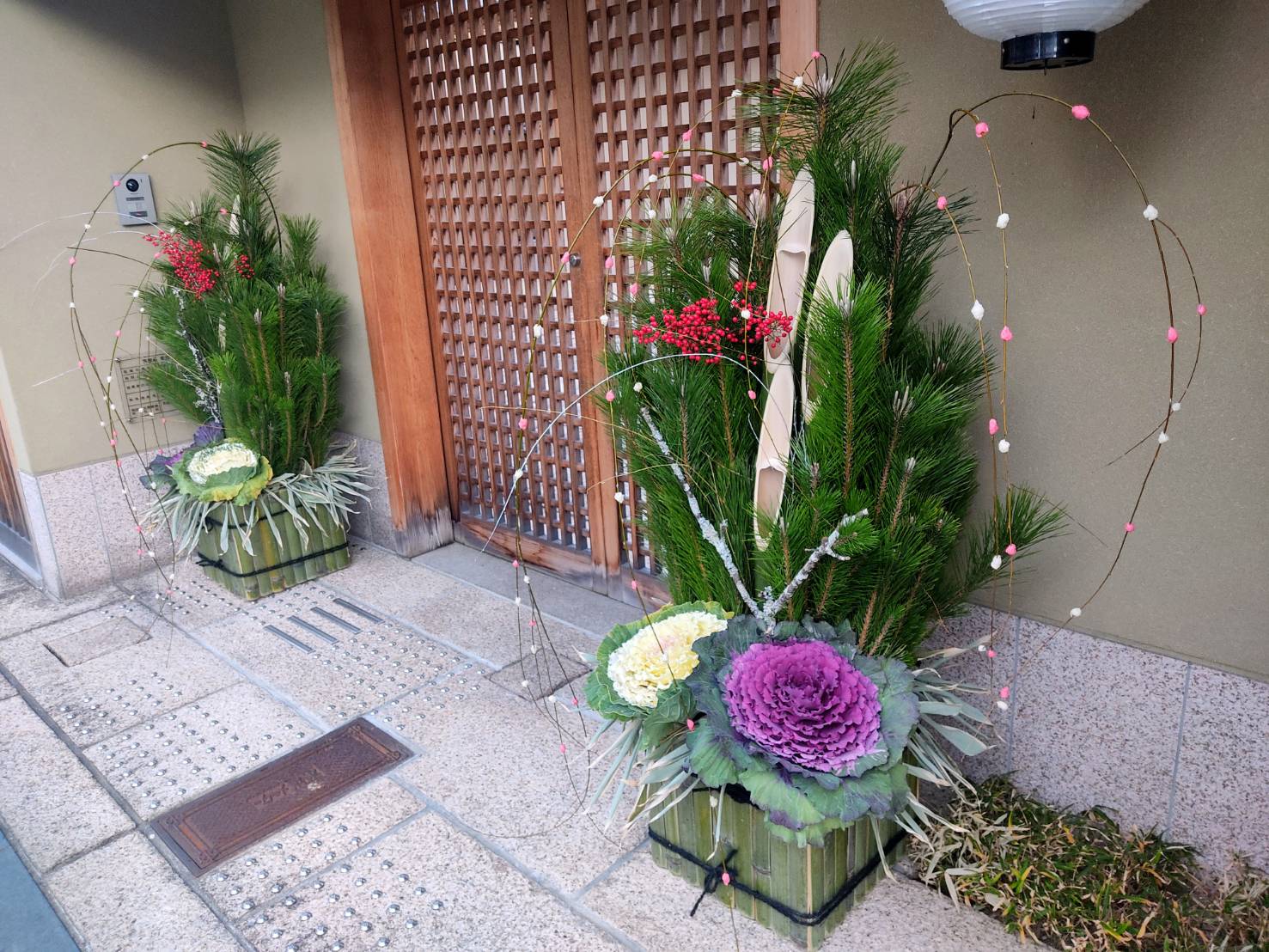
Shimekazari
Hung from doors and entranceways, small shimenawa (sacred rope), much like the ones you see at the entrance to Shinto shrines, are twisted into various shapes, each of which has a symbolic meaning. The ropes welcome gods of good fortune and dispel evil spirits. Shimekazari decorations always include the rope and may be augmented by twigs of pine (for longevity), oranges (a symbol of posterity), and zigzag paper strips called shide, among other decorations.
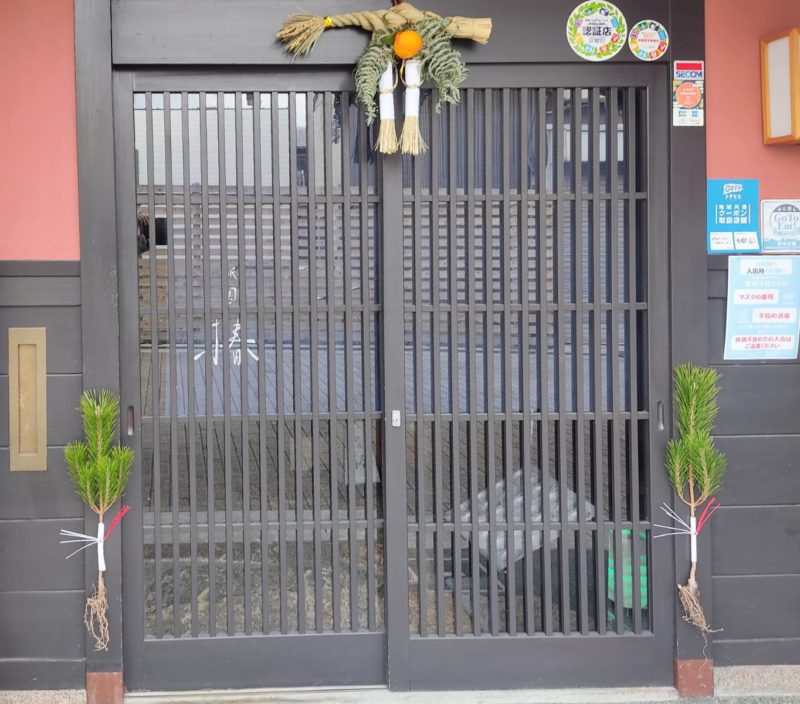
Kagami mochi
If you’ve been in an Japanese store, supermarket, or even the hundred yen shop around the end of the year, you’ve probably seen these round white mochi stacked on top of each other, reminiscent of little snowmen. These decorative mochi towers are placed at a family’s household Shintō altar as an offering to the gods and often topped with an orange, again for posterity.
Hatsumode at the shrine
This tradition of visiting a Shintō shrine for the first time in the new year is a highlight of the festivities. For some this is the only time they visit a shrine for the whole year, but it feels so important. The first visit is for greeting the gods in the New Year and can be done as soon as the clock strikes twelve. The crowds can be intense so some prefer to wait a few days until January 3rd, or even more recently people may wait until January 10th. Some people even wait until the Tōka-Ebisu Festival and pay their first visit to a shrine at an Ebisu Shrine to double up on the good luck!

Each shrine follows slightly different traditions, with some passing out hot drinks, sometimes hot sake, other times something less alcoholic. The largest shrines will have food stands and game stalls set up for the occasion.
Osaka’s most popular shrine at New Year’s is undoubtedly Sumiyoshi Taisha. It is the head shrine for 2,300 Sumiyoshi shrines in Japan. Throngs of people enter the shrine climbing the steps of the picturesque Taiko Bridge (aka Soribashi) and funnel into the shrine grounds to pay their respects. Over 2 million visitors in the first 3 days of the New Year holiday!
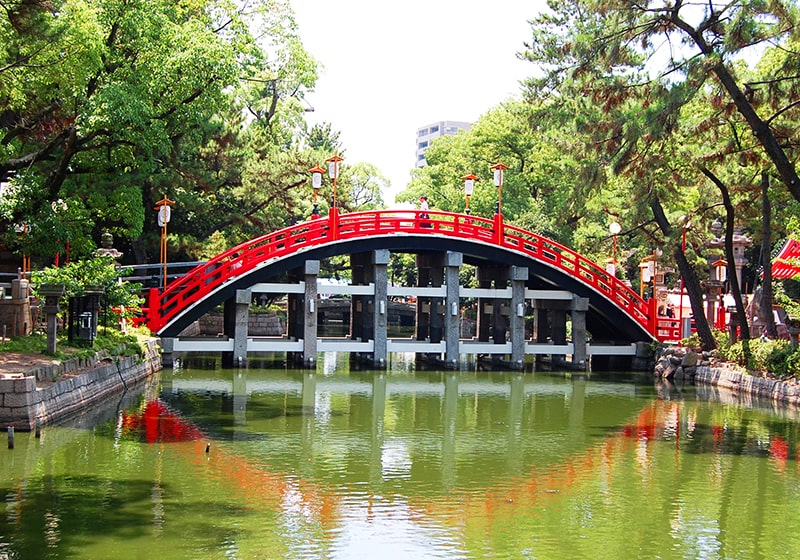
10pm–8pm Dec. 31 to Jan. 1, 2023/2024
6am–7pm Jan. 2–3, 2024
6am–6pm Jan. 4–5, 2024
6:30am–5pm Jan. 6, 2024
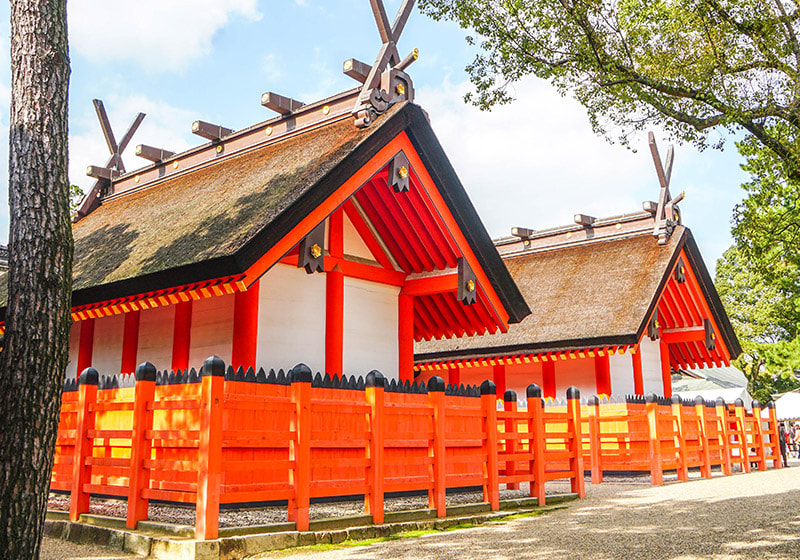
Tenmangu Shrine is slightly more laid back with about 600,000 visitors over the 3-day period, with New Year’s Day being the busiest. This shrine venerates the Shinto deity of learning and the arts, Sugawara no Michizane, so it is popular with students. It is also located very near Japan’s largest shopping street, Tenjinbashi-suji Shopping Arcade, which is usually filled with festival stalls. However, keep in mind, that in 2023, there will only be a handful of stalls on shrine grounds.
Unrefined sake will be passed out at midnight, but only while supplies last.
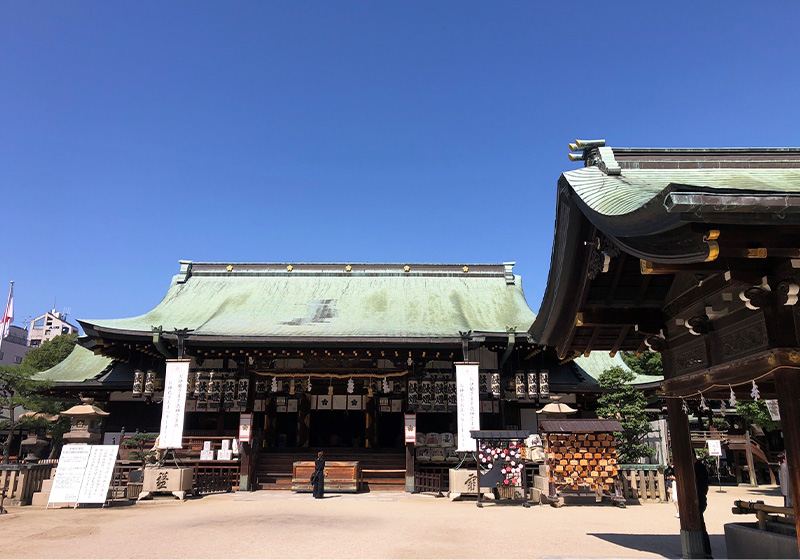
6am–9pm Dec. 31, 2023
12am–8pm Jan. 1, 2024
6am–7pm Jan. 2–Jan. 3, 2024
9am–5pm normal business hours
Other smaller shrines are also fun to visit if you are looking for something more laid back. When you visit, line up to greet the gods with a money offering and ring the bell. Then you bow twice, clap twice, and bow again.
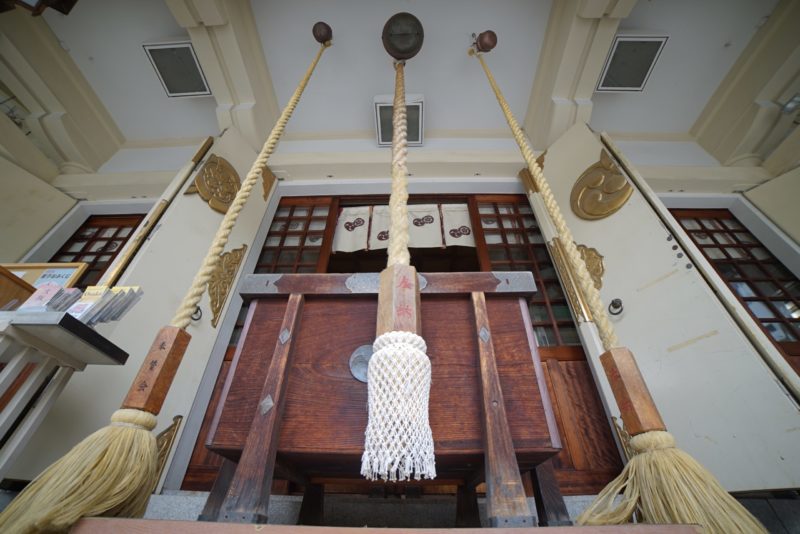
Draw your New Year’s fortune (omikuji) for an idea of what lies ahead this year. You’re welcome to take it home as a souvenir although most people simply tie it to a rope or tree branch on shrine grounds. This is a fun tradition to carry out as you look forward to all the new year holds.
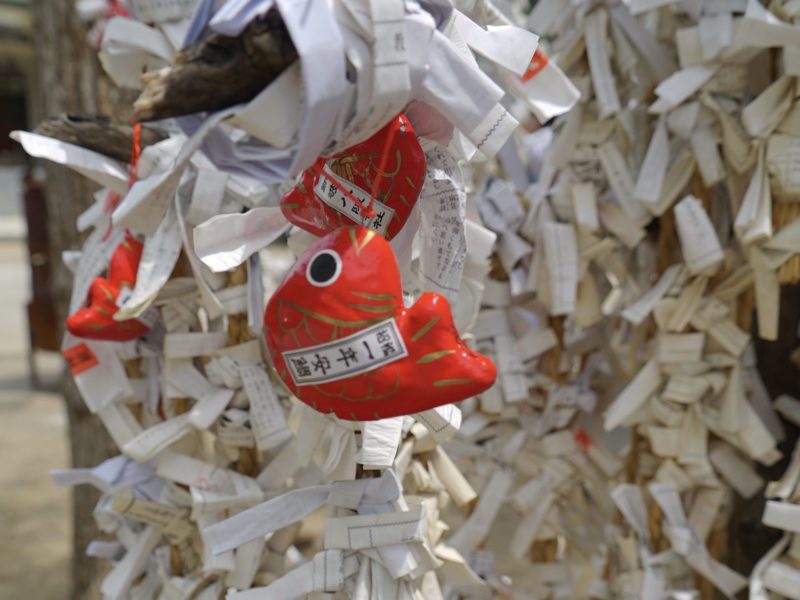
Joya no Kane at the temple
This New Year tradition is held at Buddhist temples throughout the country and involves ringing in the New Year with the large temple bell. The ceremony starts before midnight at many temples, but at midnight at others. The bells are struck a total of 108 times. The number represents the number of worldly desires that a person experiences in life and the sound of the bells is supposed to purge humanity of these temptations.
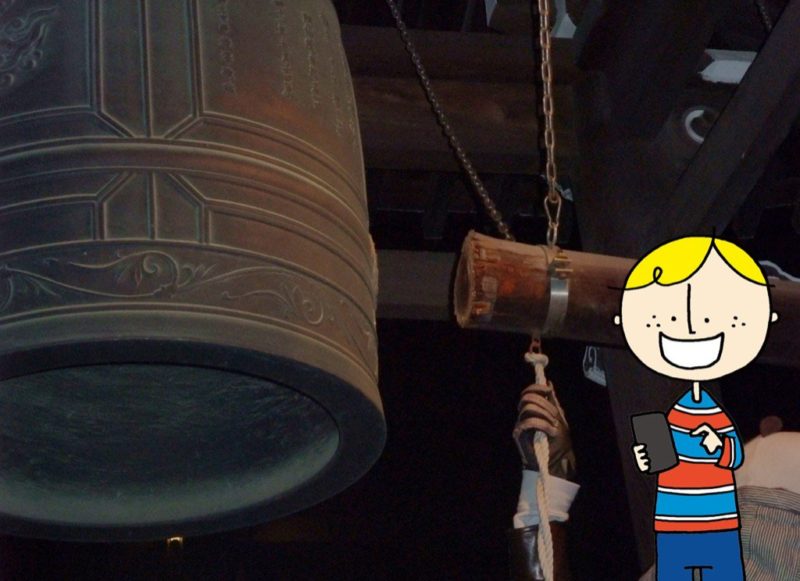
Some temples allow members of the public to line up and take a turn pulling back the wooden beam suspended in front of the hanging bell and give it a firm strike. The large bells have a rich harmonic sound that travels far notifying the whole neighborhood of the passage of time.
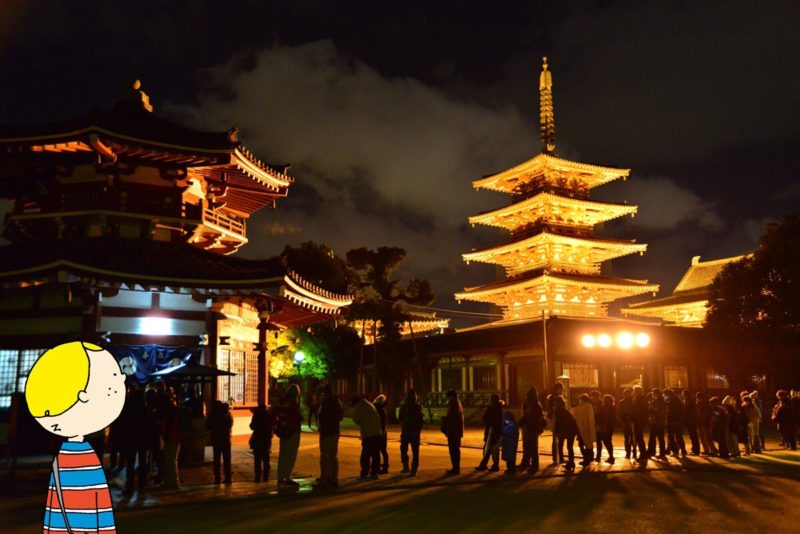
Temples all over Osaka, and the rest of the country, are open New Year’s Eve for Joya no Kane. Some pass out food and hot drinks. Some allow anyone to strike the bell, others allow only monks. Here are a few recommendations for where to go in Osaka:
One of my favorites is Shitennoji Temple, Japan’s first official temple, which is conveniently located near the Tennoji neighborhood in Osaka. The sprawling grounds are beautiful and the temple has multiple bells to ring on New Year’s Eve. Starting at around 11pm on New Year’s Eve, the temple will distribute tickets for those who wish to be in the first lots of 108 to ring the bells. And even if you’re late, anyone has a chance to ring them until about 3am. Plus there are usually stands serving amazake (sweet rice non-alcoholic drink) and special New Year’s soba noodles among other street foods.
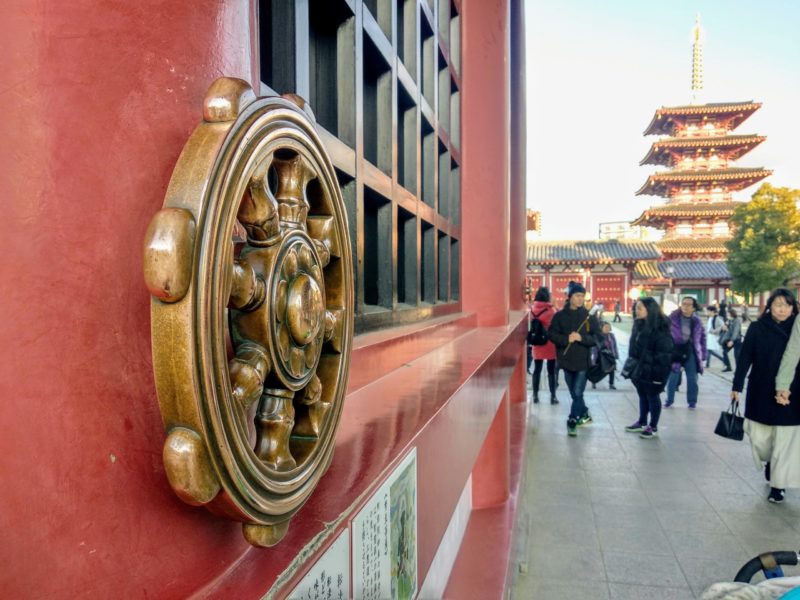
Kitamido is another large temple right in the middle of the city near Honmachi Station. It should be lots of fun in 2023 because this is the first time they’ve held the event in 4 years! They’re planning lots of extra fun.
Message candles will be set out in a big display and the countdown will include beautiful LED lights. This temple also allows all visitors to ring the temple bell before and after midnight lasting until about 1:30am.
Taiyuji is a small temple halfway between Umeda and Ogimachi Park. Joya no Kane ringing starts at 11:45pm in 2023. The first 108 people to ring the bell will receive a small memento of the occasion and anyone in line before midnight will have a chance to ring in the good luck..
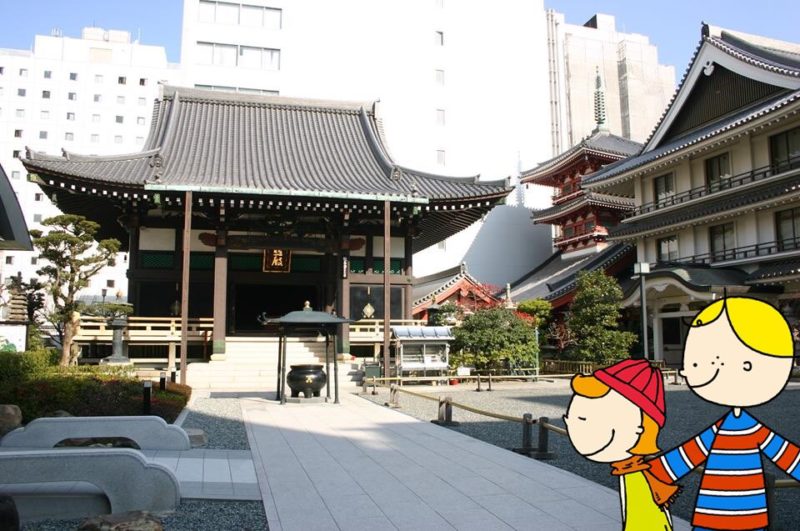
All Night Trains
So you may be wondering, how do people get to all of these late night activities with most train lines ending their service around midnight? Well, this is where the all-night trains come in. Most train lines run infrequently, but they normally* run all night long from Dec. 31–Jan. 1. Special schedules are posted by the train companies on official websites and train stations leading up to the New Year holiday.
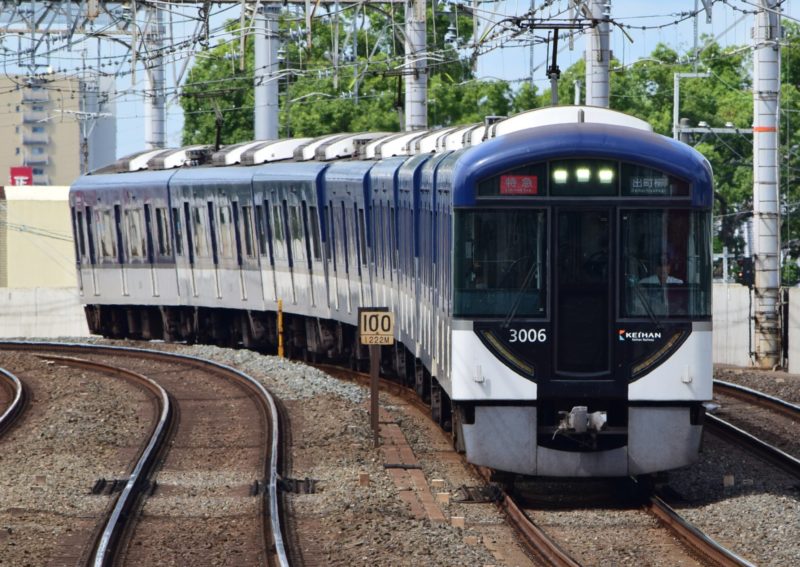
*Please check with each train company for the most up-to-date information, however the following trains are expected to run late on New Year’s Eve into the following morning:
・Most Kintetsu trains including the Osaka Line, Nara Line, Kyoto Line, Tenri Line, Keihanna Line, etc.
・Many JR lines including the Osaka Loop Line will run until approximately 3am.
New Year’s Eve TV
Admittedly, not the first choice for non-Japanese speakers, but any New Year guide would be amiss without mentioning the ever-popular TV specials that draw millions of spectators every year.
Since 1959 NHK has been broadcasting a year-end singing special called Kōhaku Uta Gassen. The almost 5-hour long special features popular artists who compete against each other in teams (red and white).
Hyakunin Isshu Poetry Game
This also, may only be fun if you are a serious student of the Japanese language, but nevertheless it deserves a mention. 100 poems by 100 poets are written onto cards that are then scattered before players. As the poem is read aloud, the first player to grab the correct card gets a point. This is the origin of the popular card game karuta and it is a traditional game for families gathered together during the holiday.
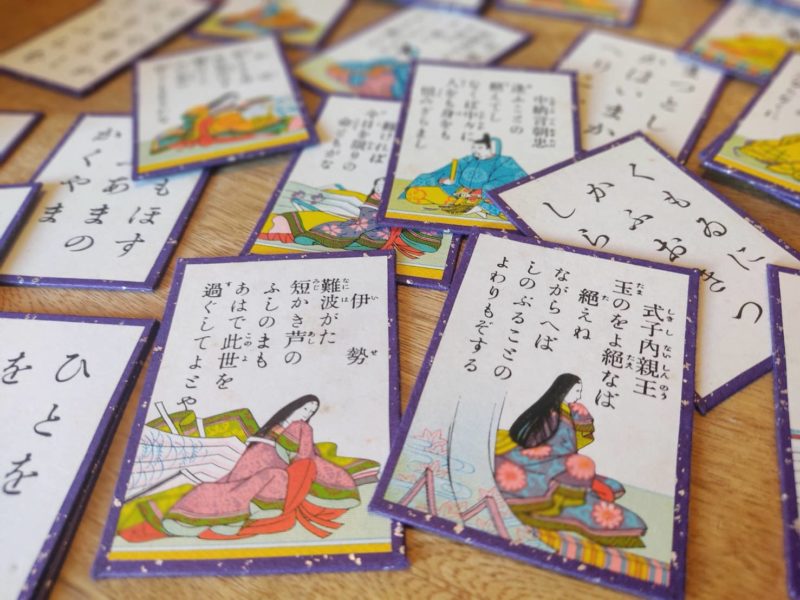
Hatsuhinode, the First Sunrise
If you’ve stayed up late to ring in the New Year or make your first visit to a shrine, this may not be an activity for you, but viewing the first sunset is a big deal on January 1. Watching the first rays of sunshine for the year (hatsuhinode) is said to bring good luck and happiness in the new year.
The first sunrise of 2023 in Osaka will be between 6:57–7:05am depending on exactly where you are standing.
Of course, you can do this from anywhere with a view of the horizon, but many of Osaka’s observation decks open early for spectators to catch the first sunrise in a special place:
Mount Kongo, located in the southeast part of Osaka Prefecture near the border of Nara, this is the tallest peak in Osaka. Measuring in at 1125 meters, you’ll have a spectacular view of the sun’s first rays. Admission to Chihaya-enchi park is free.
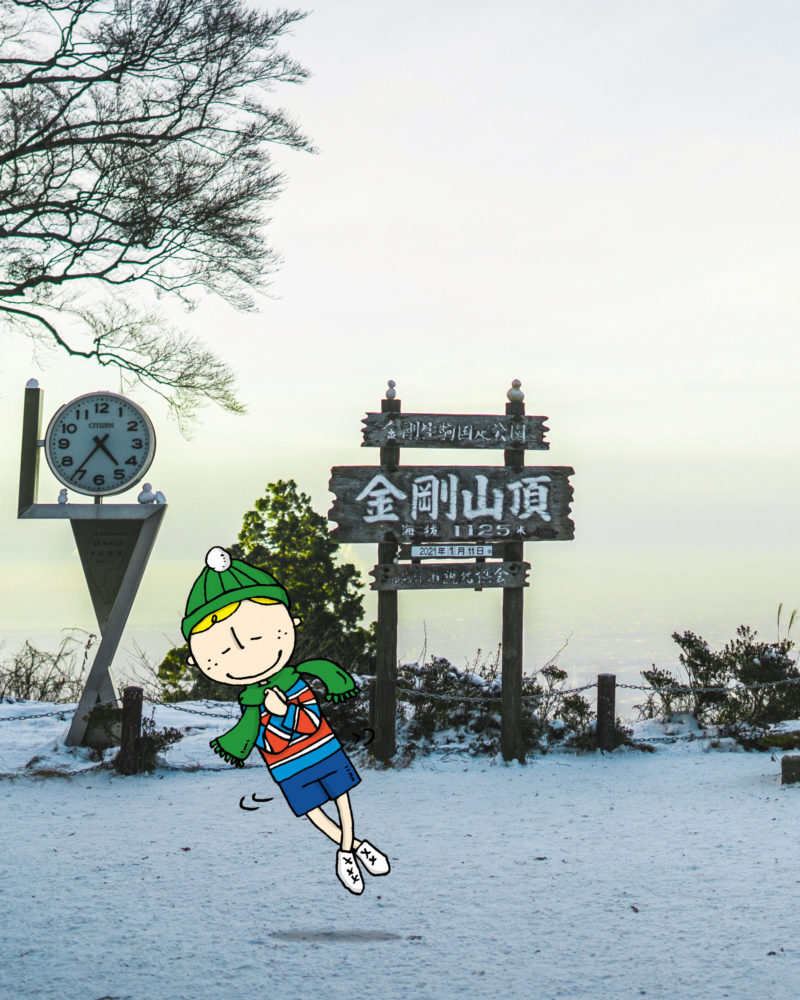
If you’re looking for something more… indoors, try Cosmotower, located on the edge of Osaka Bay. Panoramic views from the 55th floor are absolutely beautiful. Admission is by pre-reservation only and tickets can be purchased here for ¥3,000/person. The observation deck opens early, at 5:30am, so you have plenty of time to see the city lights before dawn paints color over the surroundings.
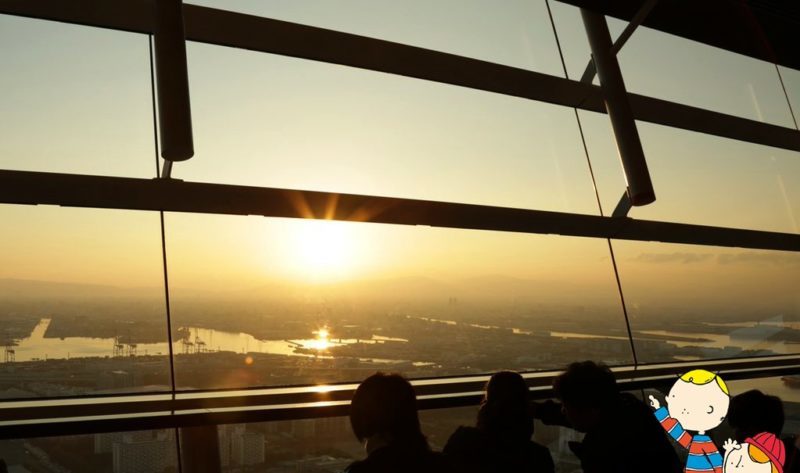
Umeda Sky Building opens early, at 5:30am, for a special sunrise viewing, but this also requires special tickets. Visitors get a gift to take home and admission to the 40th floor observatory for ¥4,500/person. Additional dining plans are available as well, so you can view the sunset and head to the 39th floor for an elegant Chinese breakfast or bowl of ramen to warm you up.
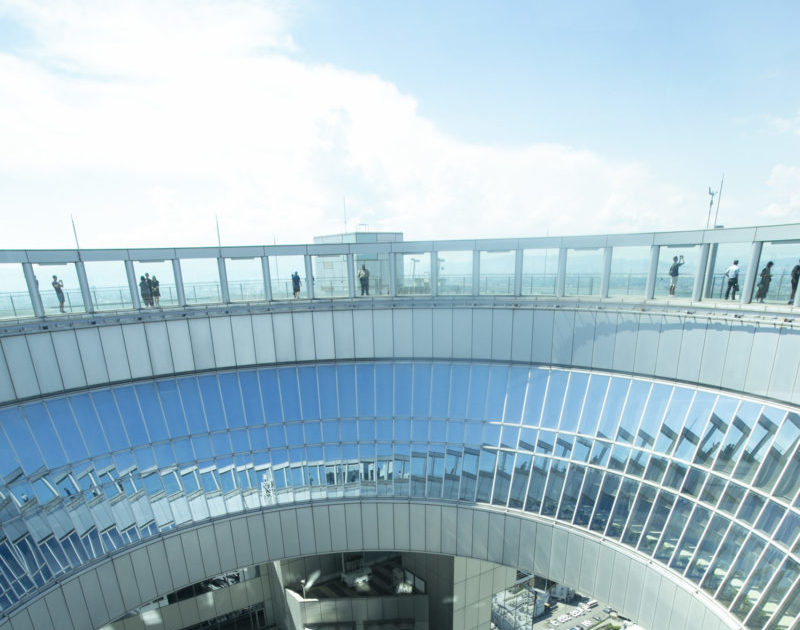
New Year Foods
Toshikoshi soba
Notably the first New Year food you may encounter. Soba is eaten on the Eve. It is long and thin and easily cut, much like time as it stretches into the New Year.
Osechi
Osechi is not one thing. It is a whole arrangement of small dishes that are considered lucky and eaten with family in the first few days of the new year. Many are symbolic, like the herring roe, which is said to bring fertility, or the kurikinton (sweet chestnuts), which are said to bring wealth. Kuromame (sweet black beans) are said to bring health. There are too many to explain here, but it is fun to learn the meaning behind the each one.
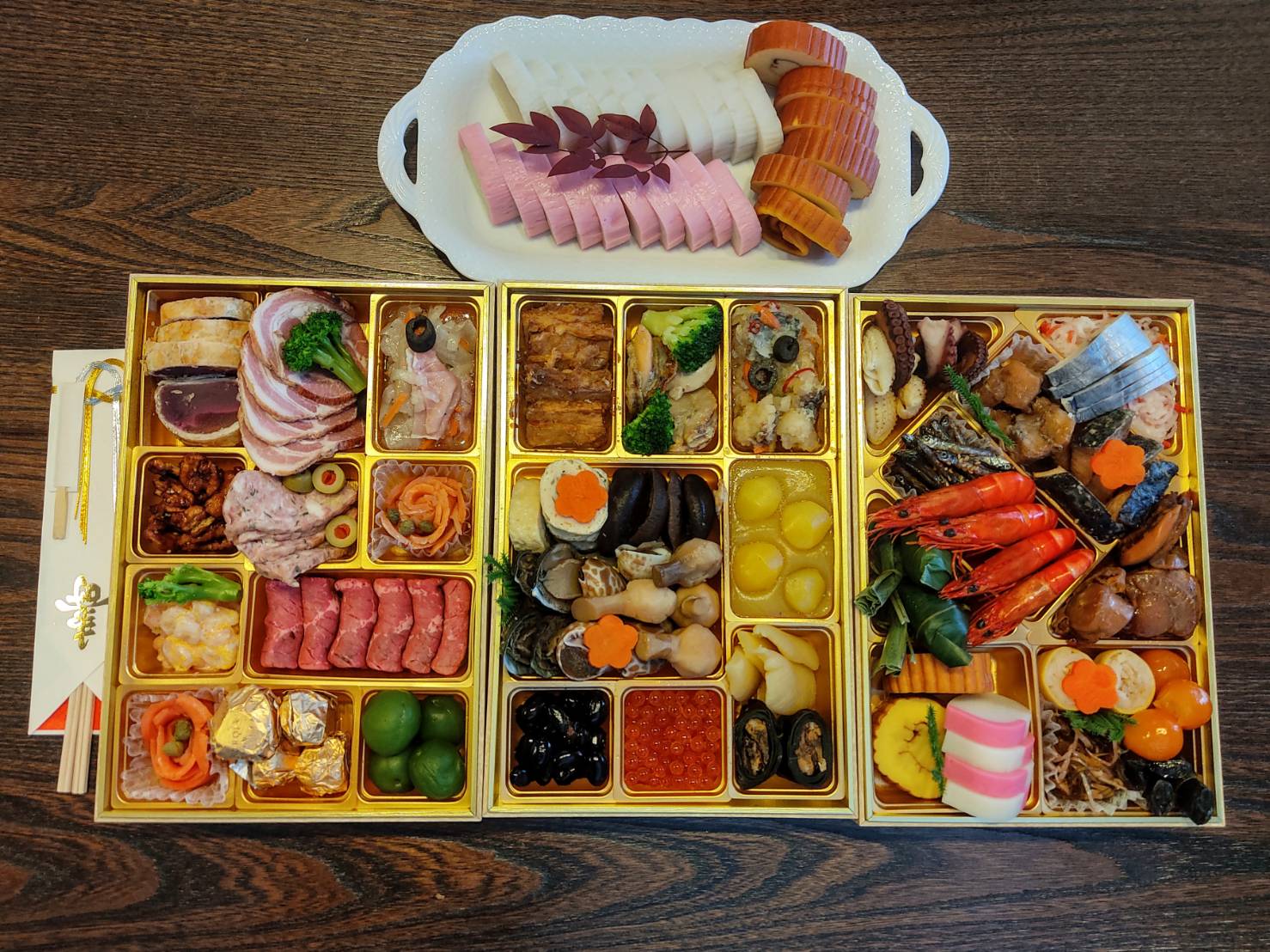
Also, please note that this traditional food involves so many dishes and preparation that people often purchase it as a set or at least parts of the meal. Osechi is often ordered ahead, but one can also purchase dishes at department stores, some supermarkets, and of course, Kuromon Market.
Ozōni
This light soup features pieces of mochi and is a big New Year’s favorite. There are countless regional variations to this traditional soup, but the one constant is the mochi. Osaka’s traditional ozōni is made from kombu (kelp) and bonito broth that is flavored with white miso. It’s absolutely delicious!
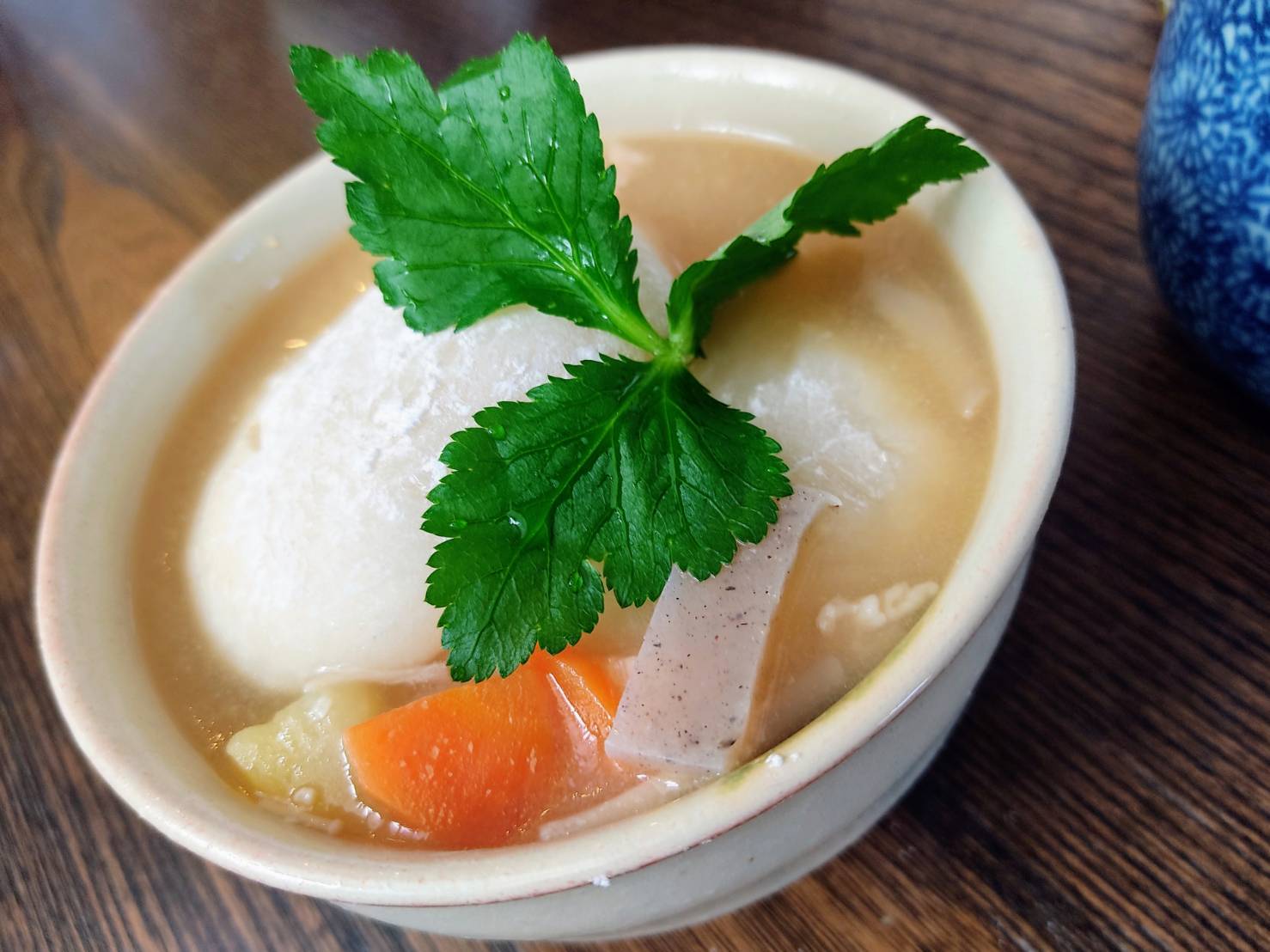
Countdown Parties
Bars, restaurants, cruise boats, and more, lots of places hold fun New Year events where you can count down the seconds to ring in the new year. Here are a few suggestions, but this does not, by any means, cover them all:
Universal Studios Japan
This is always one of the biggest days at Osaka’s major theme park, USJ. Party till it gets dark, light, and dark again! A ticket to this New Year party gets you into the theme park at 7pm Dec. 31 and you can stay until the park closes the next day, 9pm Jan. 1. The Minions will be there! Hello Kitty will be there! You’ll see fireworks at the stroke of 12. It will be a night to remember!
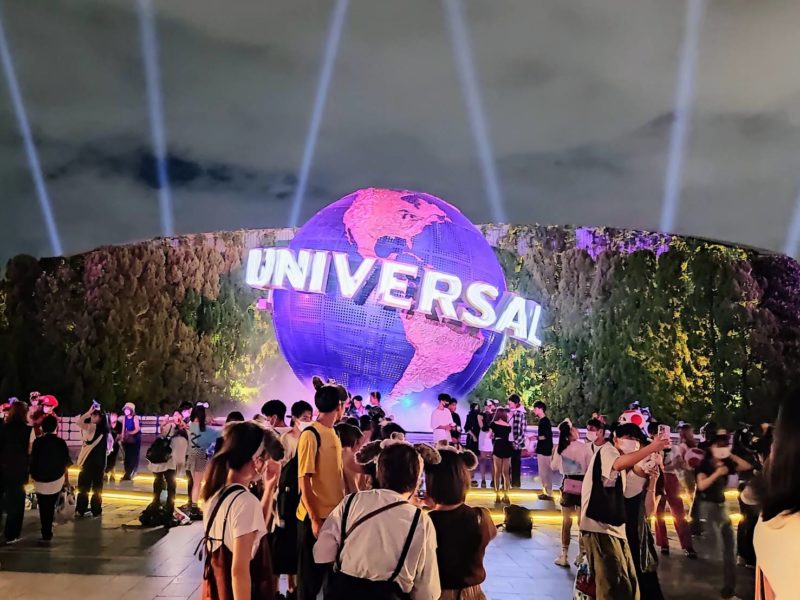
Umeda Sky Building
From 40 floors above, you can look out over the whole city as this year turns into next. The panorama night views of the city’s glistening lights below in Umeda and beyond is uniquely romantic.
Toast your company with sparkling wine or over 40 varieties of imported beer at the cafe SKY 40 during the New Year celebration.
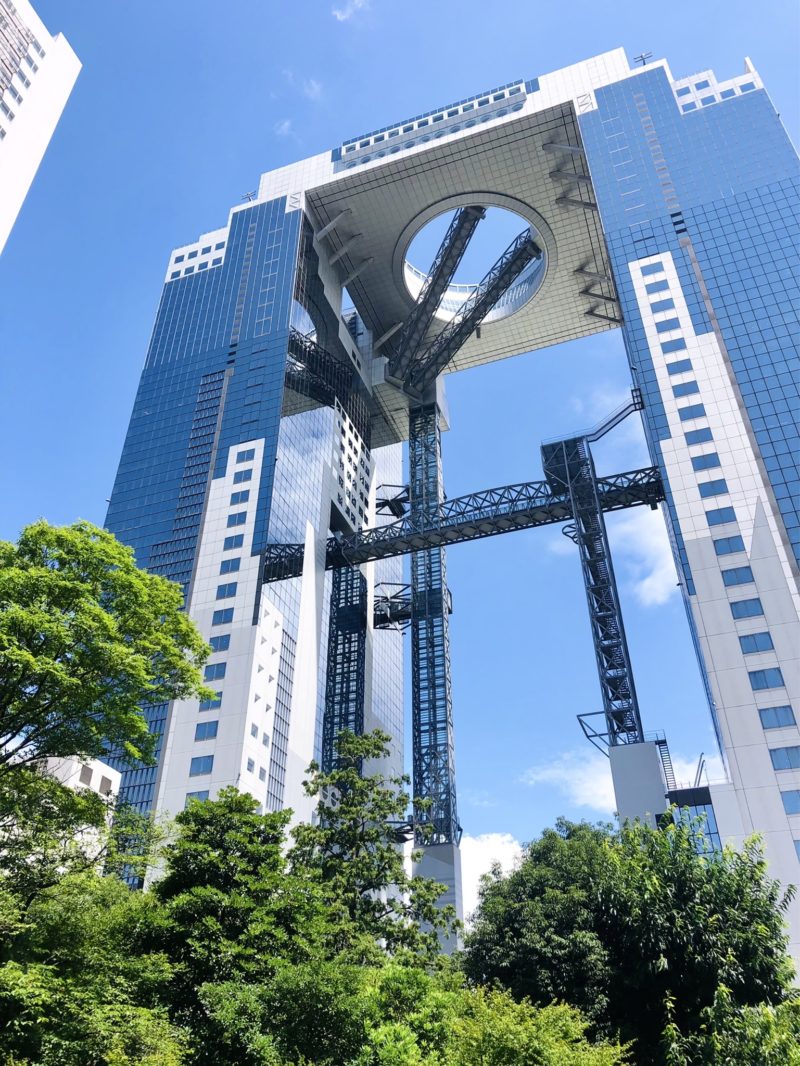
According to normal business hours, the observatory would close at 10pm, but New Year’s Eve is special!
Both the observation deck and cafe SKY 40 are open for an extended period on this unique occasion.
Open: 9:30am Dec. 31—1am Jan. 1
Santa Maria New Year Cruise
Sail the high seas… or at least Osaka Bay! This fun replica boat might make you feel like you’ve stepped back in time, and take you across the threshold to the new year. The 1 hour cruise departs from Osaka Port at 11:30pm and will have you back on dry land at 12:30. Details here.
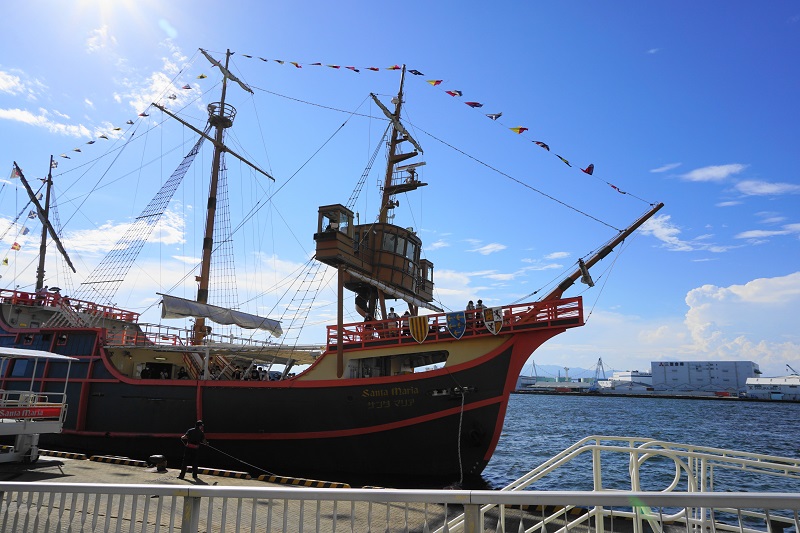
Live entertainment for the 2023-2024 cruise will feature jazz and soul numbers by the local Osaka trio, Rakuen Shokai.
Osaka Clubs
Osaka has a ton of clubs if you want to dance and drink the night away. Try Pure, Joule, Giraffe near Dotonbori. Or if you’re in the northern part of the city near Umeda see if you can get into Club Piccadilly.
Plus the city has bar after bar after small izakaya, so if you like to bar-hop, pick a neighborhood and the rest is up to you! My recommendations include Dotonbori, Ura-Namba, Taisho, Ura-Tennoji, Tenma, and the list goes on.
So that’s it! I hope you learned something about Japanese New Year and how to enjoy the holiday in Osaka! Happy New Year!

Supporter
The contents of this page were current at the time it was posted, but may differ from the present.
Text visible in this map is based on information from Map Tiler and may differ from actual geographical names.

